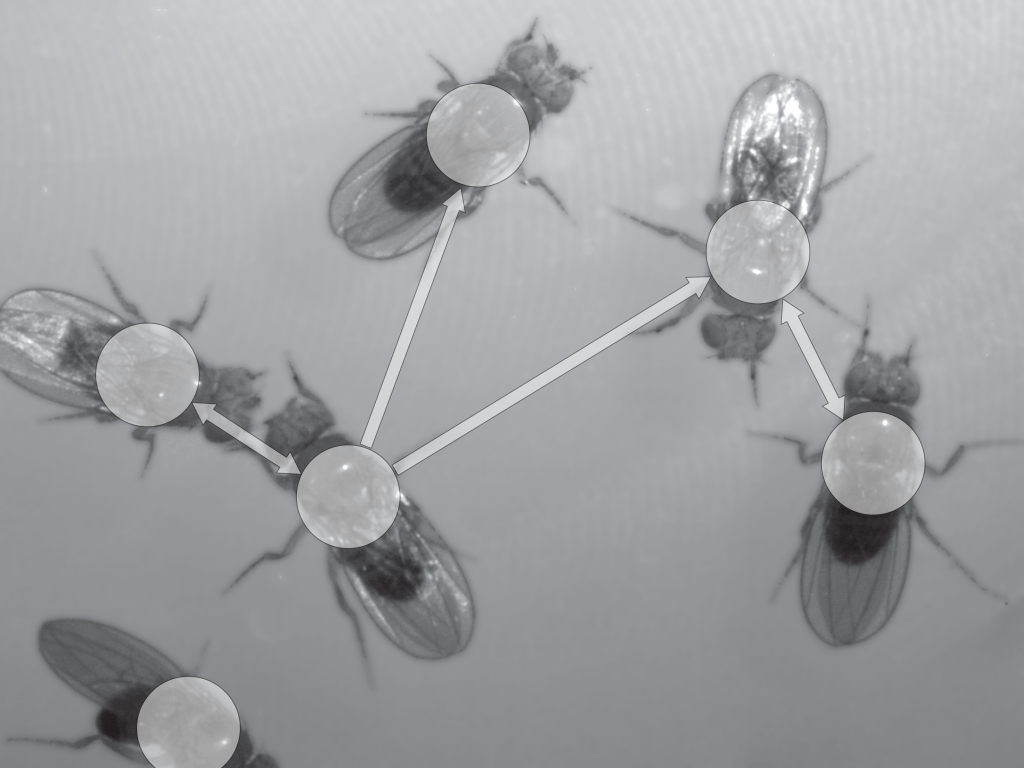Organization of social behaviour in Drosophila melanogaster
Jonathan Schneider
Department of Biology, University of Toronto, Canada
The study of the social environment of Drosophila melanogaster has uncovered complex phenotypes that defy explanation from a dyadic framework, hinting at group-level complexity. To study the pattern and organization of social interactions, we use automated methods to determine and characterize non-random ‘encounters’ of individuals. Within groups, these encounters depend on chemosensory feedback and show qualitative differences between strains and sexes. Using these data-driven definitions of interactions, we see an increased power in quantifying how these behaviours are organized throughout the group. This organization is captured with the robust social interaction networks (SINs), which quantify the structure of a given set of interactions. These SINs vary among strains, sex, and species and are also responsive to the number, but not the density, of flies within the group. This group level organization may be linked with individual behavioural and physiological changes as examining both behaviour and genetic regulation in tandem reveals a synchronising effect in groups of flies interacting within the SIN framework.









You must be logged in to post a comment.